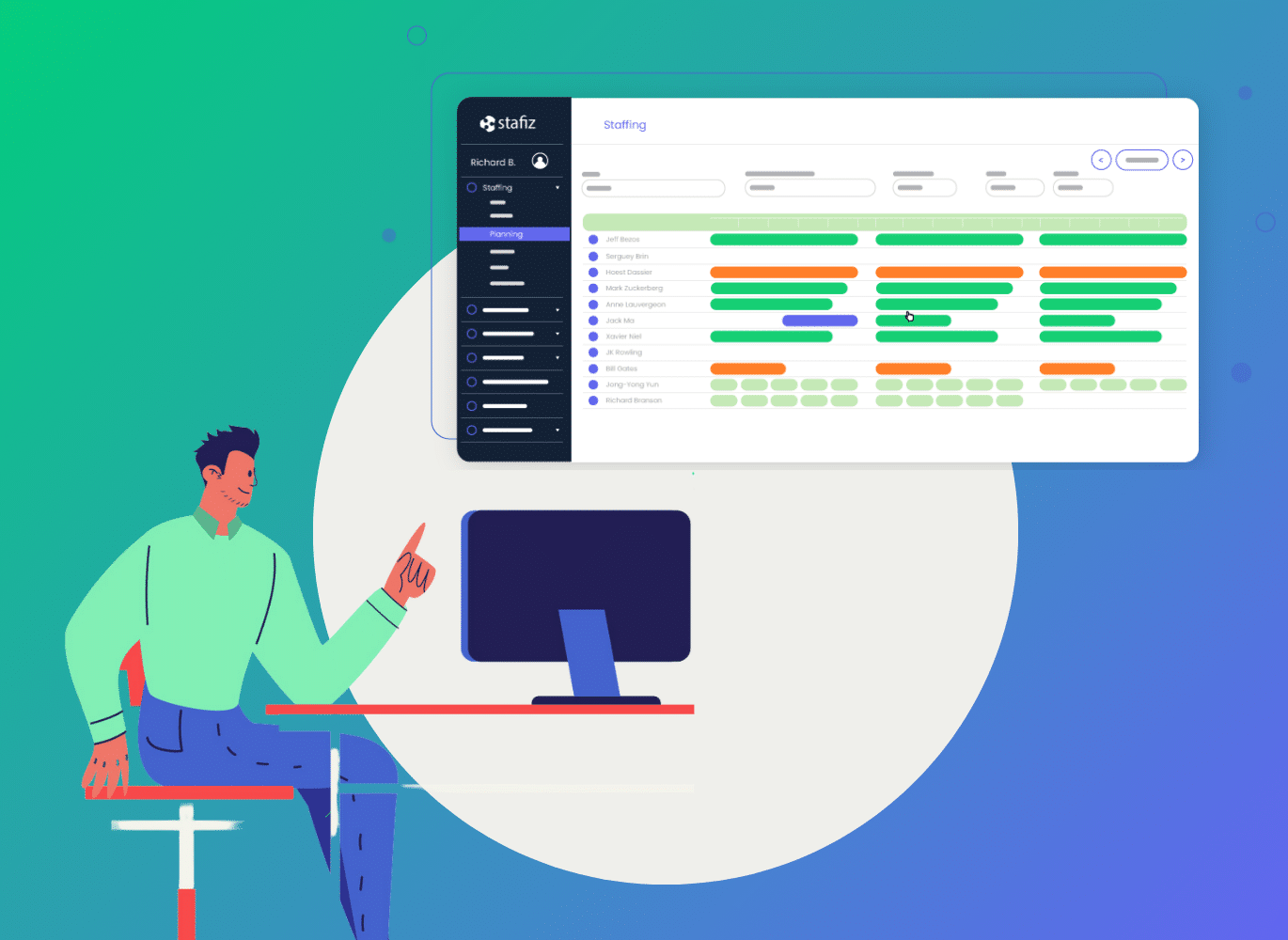What is cost optimization in project management?

In both personal and professional environments, optimizing costs is essential for a healthy financial situation. Indeed, the latter is a decisive factor in the success of a project.
The success of a project is often recognized as long as the trio of respect for budget, deadlines and quality is respected.
To guide you in this problem, we offer you a clear action plan to implement effective cost optimization in project management.
Understand the importance of cost optimization in project management
What is cost optimization?
Cost optimization in project management is the process of estimating, tracking, and analyzing the costs of a project to ensure that they remain within budget.
Cost optimization should be determined already in the planning of the project.
It is the responsibility of the project manager and continues throughout its life cycle.
Why is cost optimization important?
Ensure the success of the project
In project management, there are three main criteria for determining the success of the project: compliance with deadlines, quality, and costs.
Cost optimization is about staying within budget to prevent or at least reduce the risk of overruns.
💡 It should be noted that cost optimization is decisive in risk management.
Take a proactive approach
Project management can be approached with a proactive or reactive approach. The proactive approach consists of anticipating, while the reactive method involves reacting to a situation.
Cost optimization focuses on a proactive approach. For example, estimating the budget provides a guideline to follow throughout the project, and to react in the event of deviations.
This method is particularly relevant to IT Services because it allows us to refine the framing and to ensure that expectations are realistic and clarified with regard to the customer.
Serve as a reference for future projects
Cost optimization also serves to build a history that can be used as a reference for future projects.
This provides a reliable database for project planning and in particular for resource allocation, which is a key component in project management.
Dedicated tools provide an accurate history of past projects, facilitating project planning.
Stafiz, for example, allows a high level of granularity, by entering costs per day, hour, project or tasks within the project, making it easier to compare from one project to another.
Phase 1: costing the project upstream
Build the cost management plan
The first step in optimizing the costs of a project is to establish the cost management plan. This guide clarifies cost management within the project and includes, among other things:
- the types of costs in the project (the details of the fixed and variable costs to be anticipated);
- the tools used for cost tracking;
- Key success indicators (amounts spent, remainder, return on investment, etc.);
- project stakeholders.
To gain accuracy, he will have to be confronted with the project schedule and the list of deliverables.
Indeed, a projected project budget must be realistic according to the time allocated and the expected elements.
Use reliable data
This cost management plan can be built using past project history, manual data collection or tools.
Stafiz offers a centralized, real-time view of costs, enabling estimates that take into account forecast costs and profitability.
These many reporting options allow you to take a step back and analyze cost or time variances on similar projects.
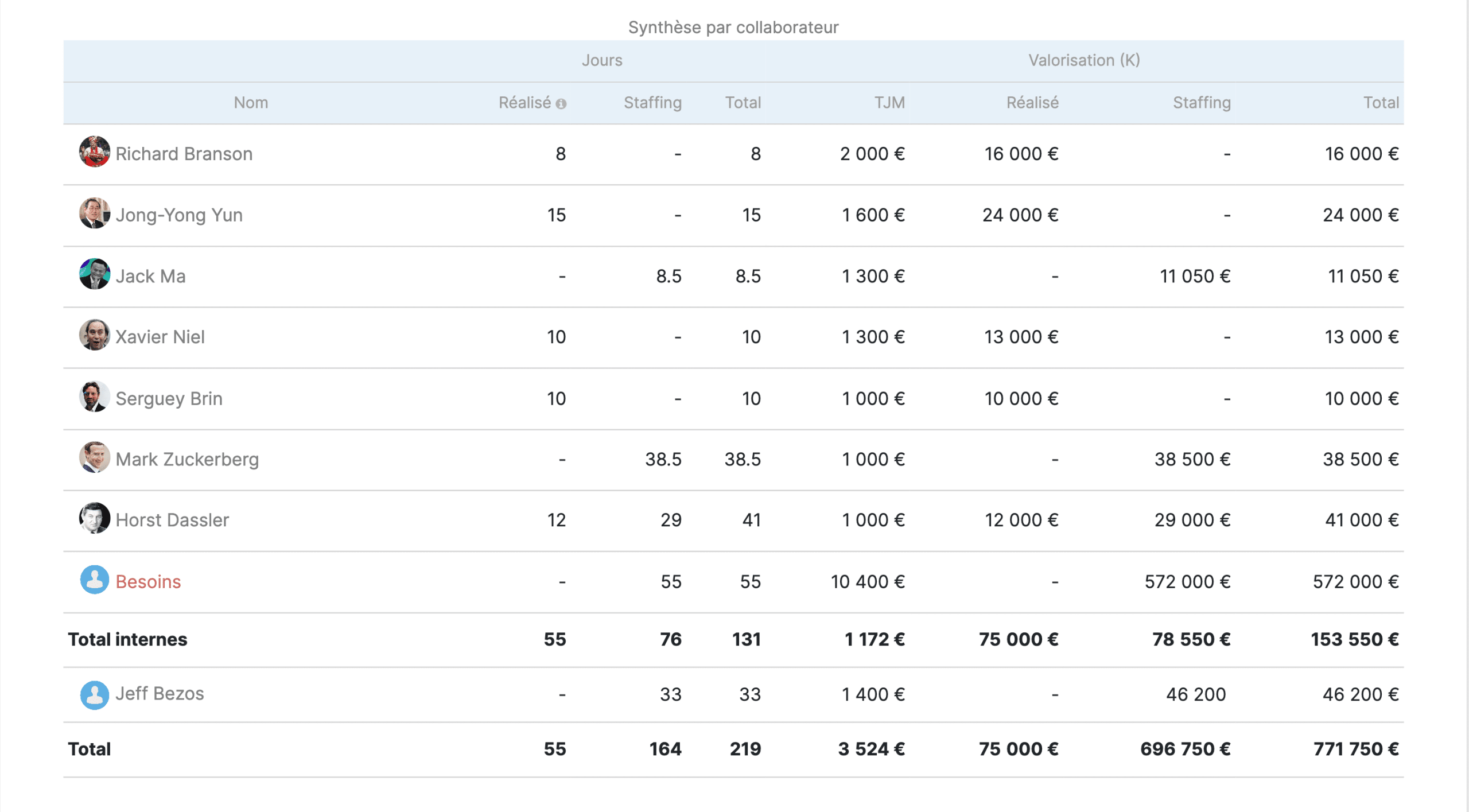
This comprehensive view quickly compares the discrepancies between the resource planning and the realized while demonstrating their monetary impact.
Phase 2: Optimizing costs throughout the project
Track profitability
Studying the profitability of a project
First of all, it is necessary to establish a production plan.
In this way, you can quickly identify whether the capacities mobilized in your project planning are generating profit, or whether adjustments need to be made.
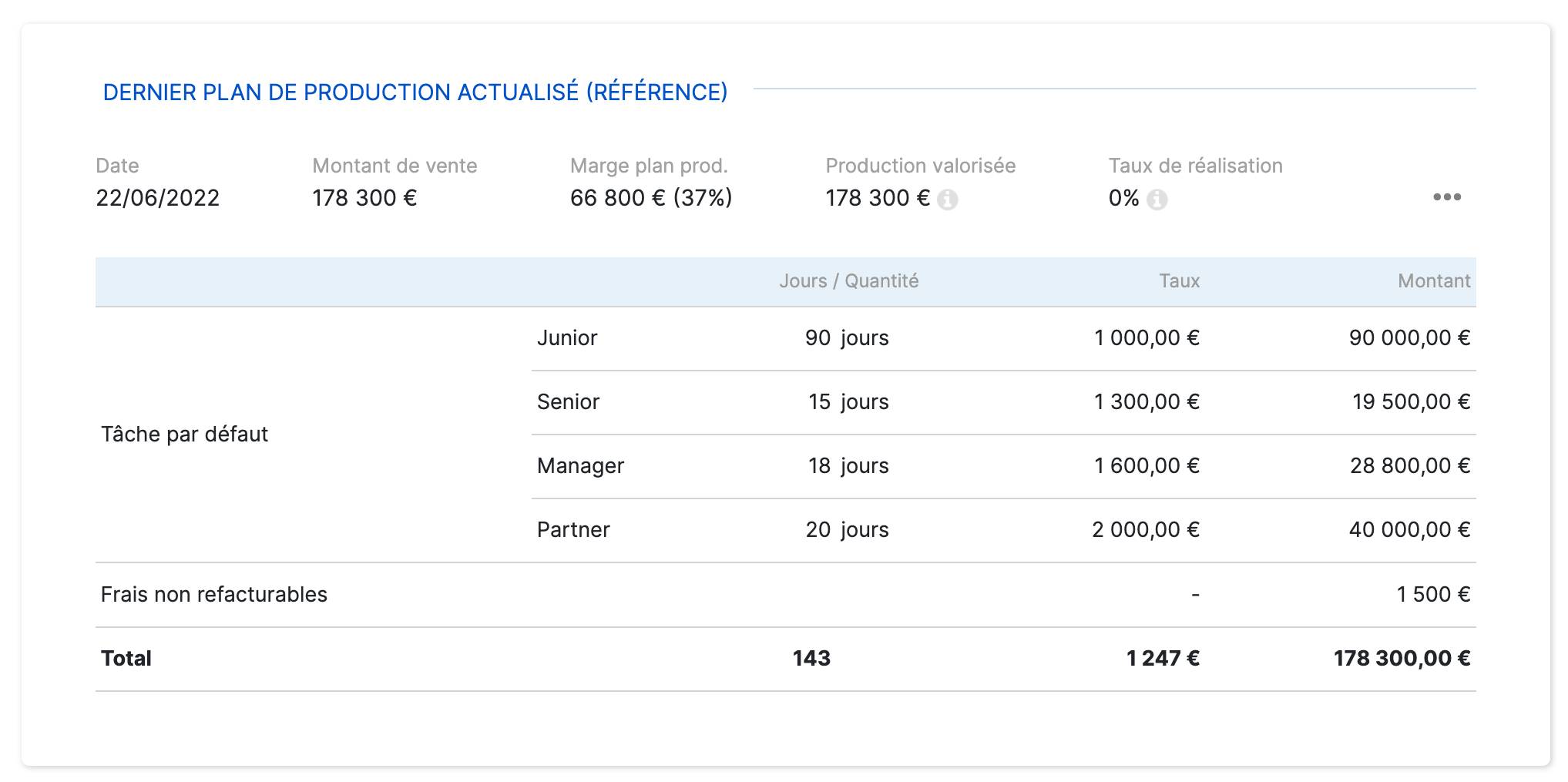
This production plan calculates the turnover generated as well as the profit by comparing the costs of mobilizing resources with the sale price of the project.
Identify the discrepancies between the actual and the forecast
Cost optimization involves tracking, analyzing, and correcting costs.
The first step is therefore to collect the data, then calculate the discrepancies between the actual and the forecast. This makes it possible to check that the budget remains on track compared to the estimates made.
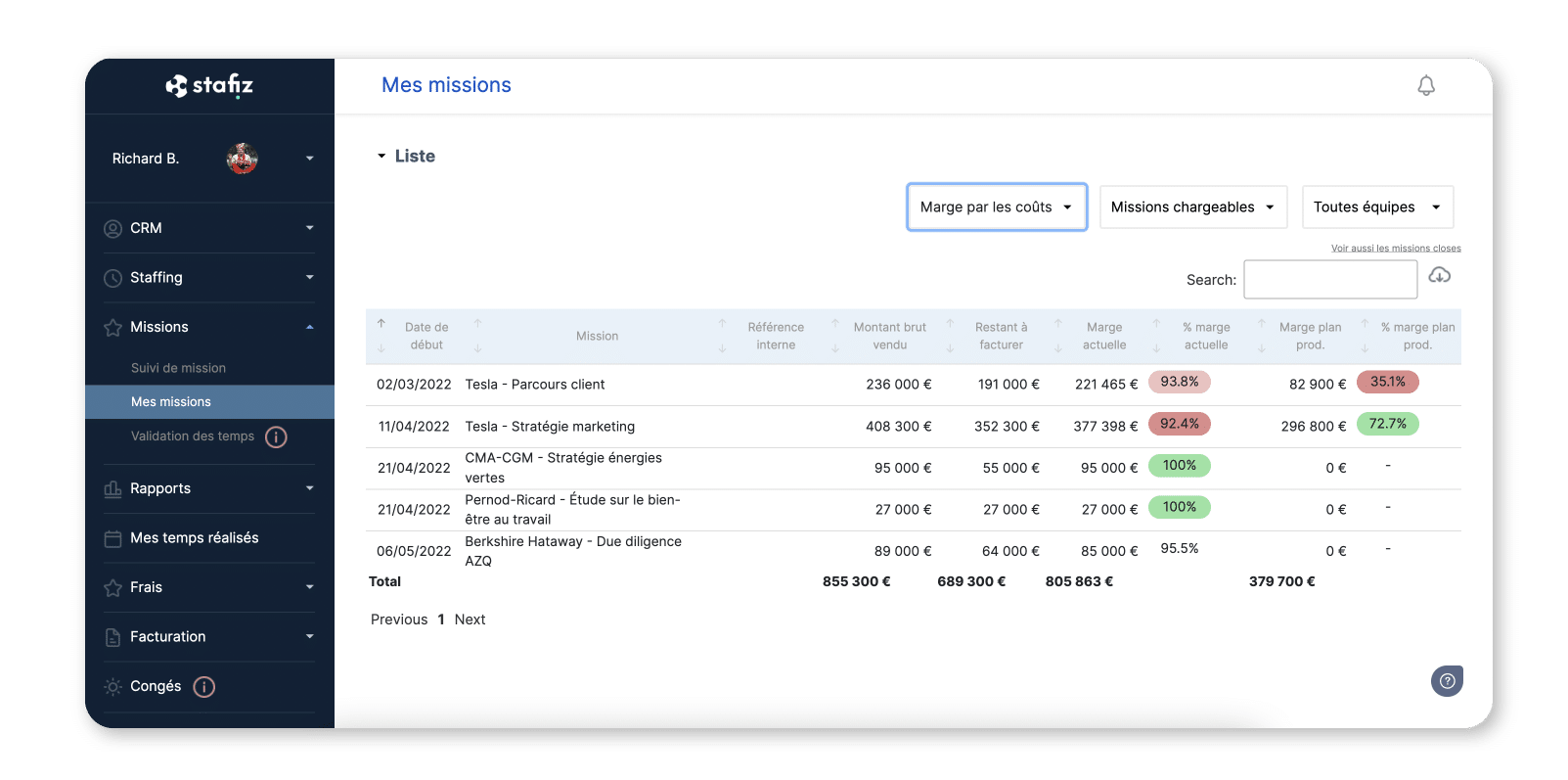
To obtain a reliable forecast, it is important to include all the costs of a project, such as:
- wages;
- non-rebillable expenses;
- purchasing;
- costs related to subcontracting.
Stafiz offers you a global visualization of the projects to know what has been achieved, what remains to be done, and what is the projected situation in relation to the budget.
This exercise should be carried out regularly, at a frequency that you will have determined at the beginning of the project. This depends on the type of project, its challenges, or the need for visibility of the project's stakeholders.
Adjust for discrepancies
Staying within budget is essential for the success of the project and this involves cost optimization.
If the budget is exceeded, a thorough investigation should be conducted to investigate the cause of the variance. Once the reason has been identified, you will have to think about corrections in order to compensate or circumvent the difference in the budget.
You can plan an action on the scope of the project, the schedule, the resources or the deadlines. However, note that as soon as the scope of the project changes, the trio of costs, deadlines and quality is also impacted.
Build clear financial reports
Financial reports make it possible to clarify all the data essential for sound cost management. The production of clear reports is therefore essential for effective cost optimization.
Often built from dashboards because they offer an overview of the situation, financial reports present the financial situation of the project in a synthetic way.
Quick to consult, they should allow for a quick analysis of the financial situation in order to facilitate decision-making. In addition, they record the problems encountered and the action plan implemented.

Consolidated dashboard of the financial situation in Stafiz.
Financial reports are essential for building a reliable history that will serve as a basis for the preparation of other projects.
Tailor the cost estimate to the company's structure
Differentiating between time-based and fixed-price billing
Your billing method will impact your cost optimization strategy.
Indeed, a time-based operation will imply having a clear vision of the days or costs not invoiced.
While with a flat rate, you will have to be vigilant about the risks of overtaking. These can potentially involve additional negotiations or even discounts, impacting your cost management.
Estimating the costs, prices, and type of invoicing for a billable project therefore requires a clear strategy, taking into account all the parameters.
Understand the project environment
Cost optimization also involves having a clear view of all the elements that can impact the project budget. Indeed, it is essential to consider external risks (legal, environmental, etc.) but also internal, related to the way the company operates.
For example, teams operating in hybrid or remote mode may involve travel and tool costs, thus impacting cost management.
Cost optimization must therefore take this into consideration and anticipate these impacts when estimating the budget.
Plan for margins
Finally, the budget must take into account margins to deal with each risk. Most of the time, 5 to 10% is enough.
However, this margin must be adapted according to the project and your company.
Optimizing Project Costs: Other Strategies
The importance of resource capacity planning
Resource planning is an essential element in cost management and optimization. The definition of a workload plan is therefore essential.
Indeed, resources, both human and material, will constitute the first item of expenditure of a project. The term resource includes everything that constitutes the tools, equipment, materials and collaborators necessary for the smooth running of the project.
Thus, defining the resource requirement of the project is an essential step and must take into consideration the cost of each resource and the duration over which they are needed. A clear view of costs is only possible by having a realistic overview of resource requirements.
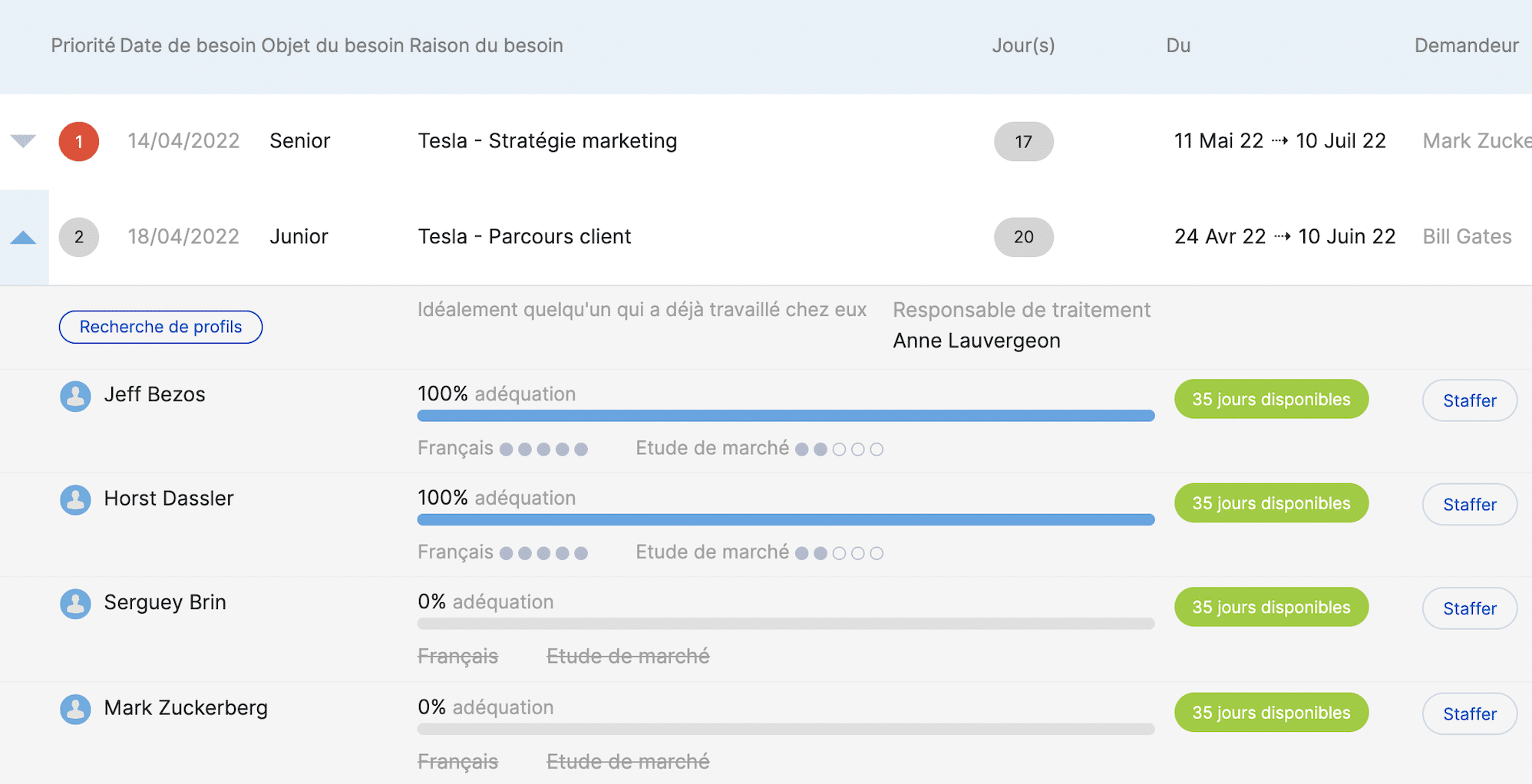
Stafiz's Smart Matching allows you to optimize theutilization rate of your employees in order to improve your sales performance, and consequently, to win more opportunities. Allocate your resources according to your needs in terms of skills, experience, or seniority.
Employee commitment is another criterion not to be overlooked if you are to succeed in your missions.
The more qualified and motivated your teams are, the lower the risk of delays.
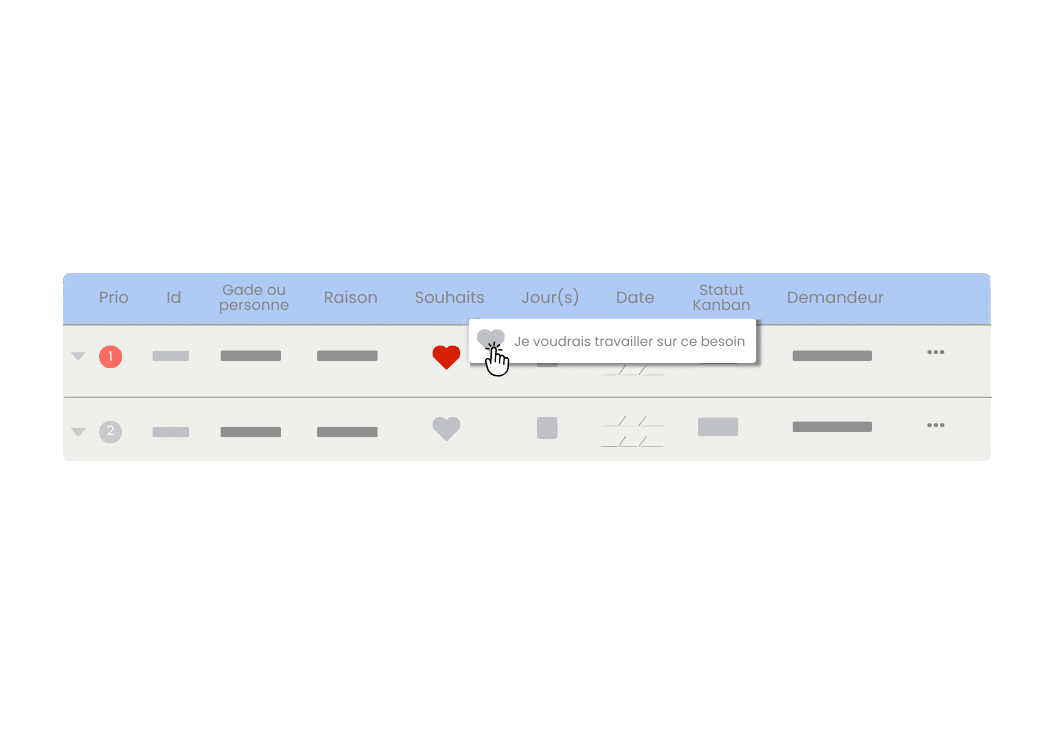 Each employee is able to indicate on their profile or directly on a project what skills they want to mobilize, or on what type of project they want to be assigned.
Each employee is able to indicate on their profile or directly on a project what skills they want to mobilize, or on what type of project they want to be assigned.
Use automated solutions
Cost optimization concerns all projects. However, it must be addressed in a specific way depending on the type of project and the context.
You need reliable information to make informed decisions.
Although you can base yourself on past projects and the experience of your employees, tools can be added to these estimates.
Using automated solutions that take into account all the characteristics of your business with data from other projects will help you make more accurate estimates.
Stafiz offers a comprehensive tool that interweaves features dedicated to cost optimization. It considers resource planning, risk planning, and time estimates to propose automations such as invoice generation. Processes are automated, saving you time and productivity.
Therefore, we recommend that you rely on dedicated tools such as Stafiz. This solution offers a set of features to estimate, track, analyze and control costs in real time, throughout a project, in a dynamic and intelligent way.
Questions:
A cost reduction strategy aims to decrease the expenses of a project or organization while maintaining quality and objectives. It is based on levers such as process optimization, better allocation of resources, negotiation with suppliers, and the use of appropriate technologies. The goal is to achieve sustainable savings without compromising overall performance.


